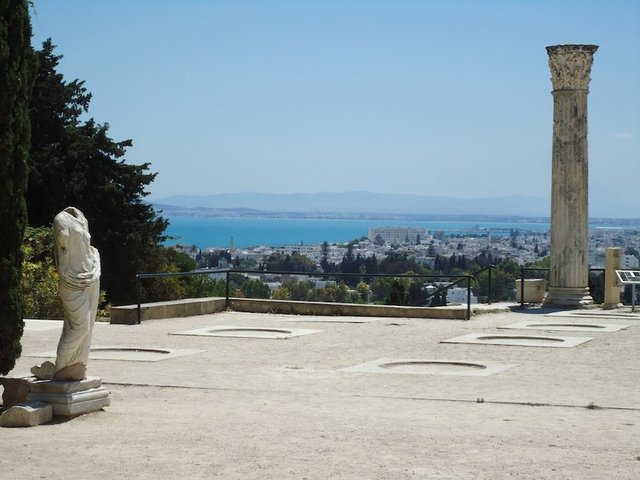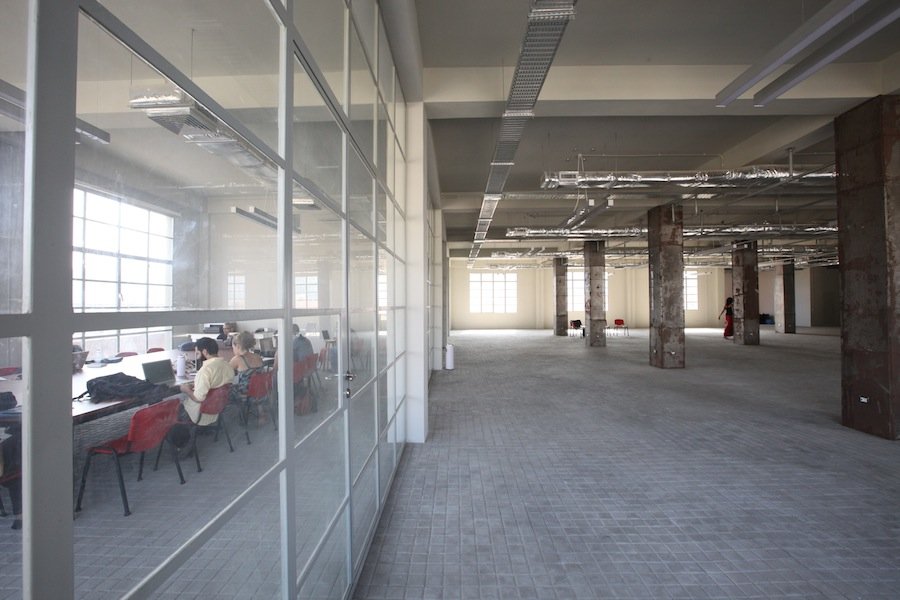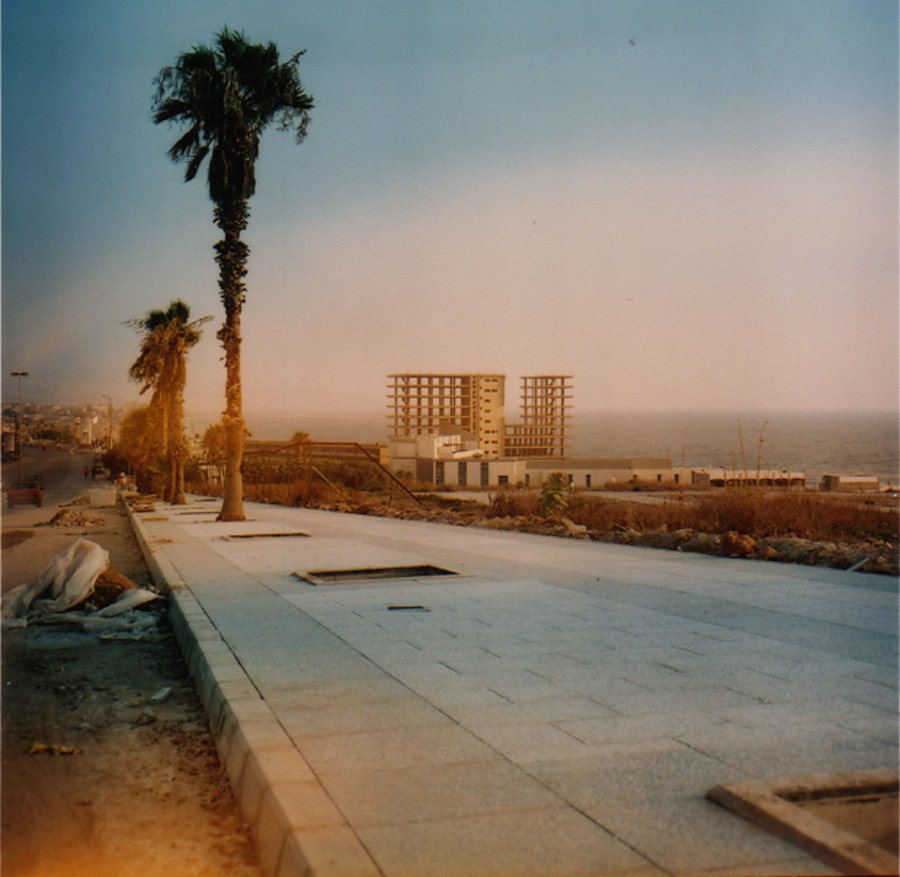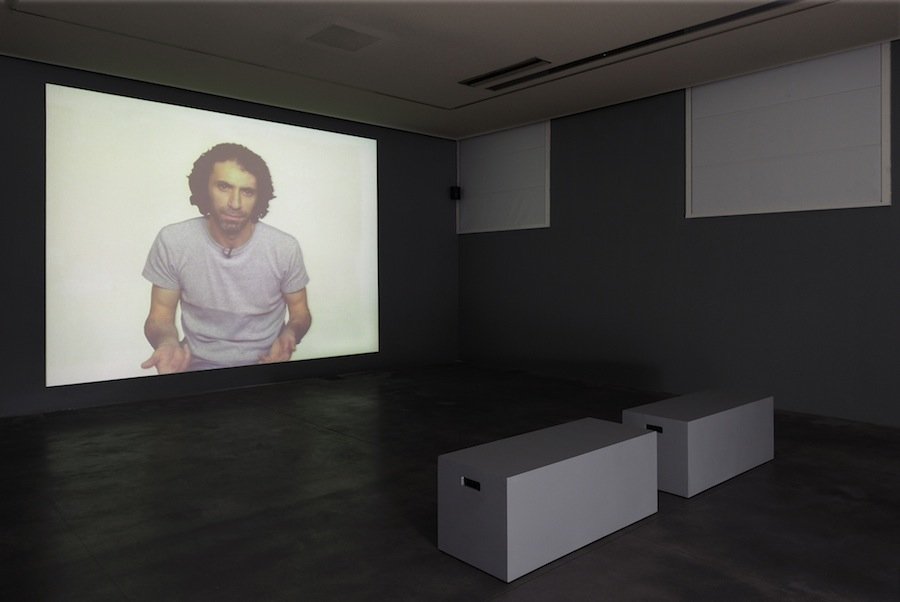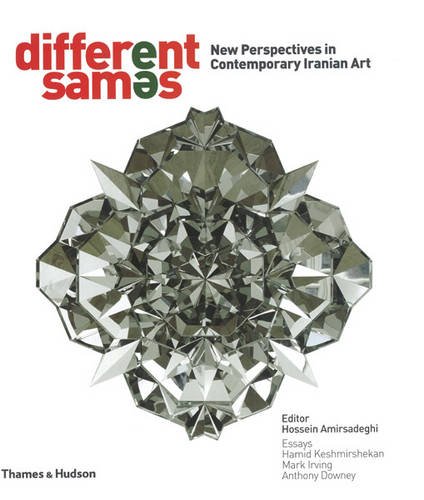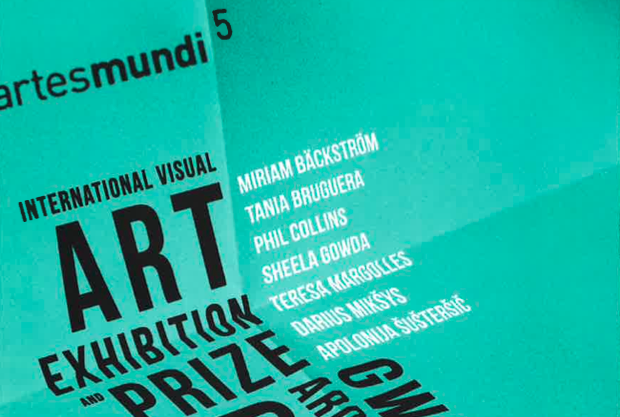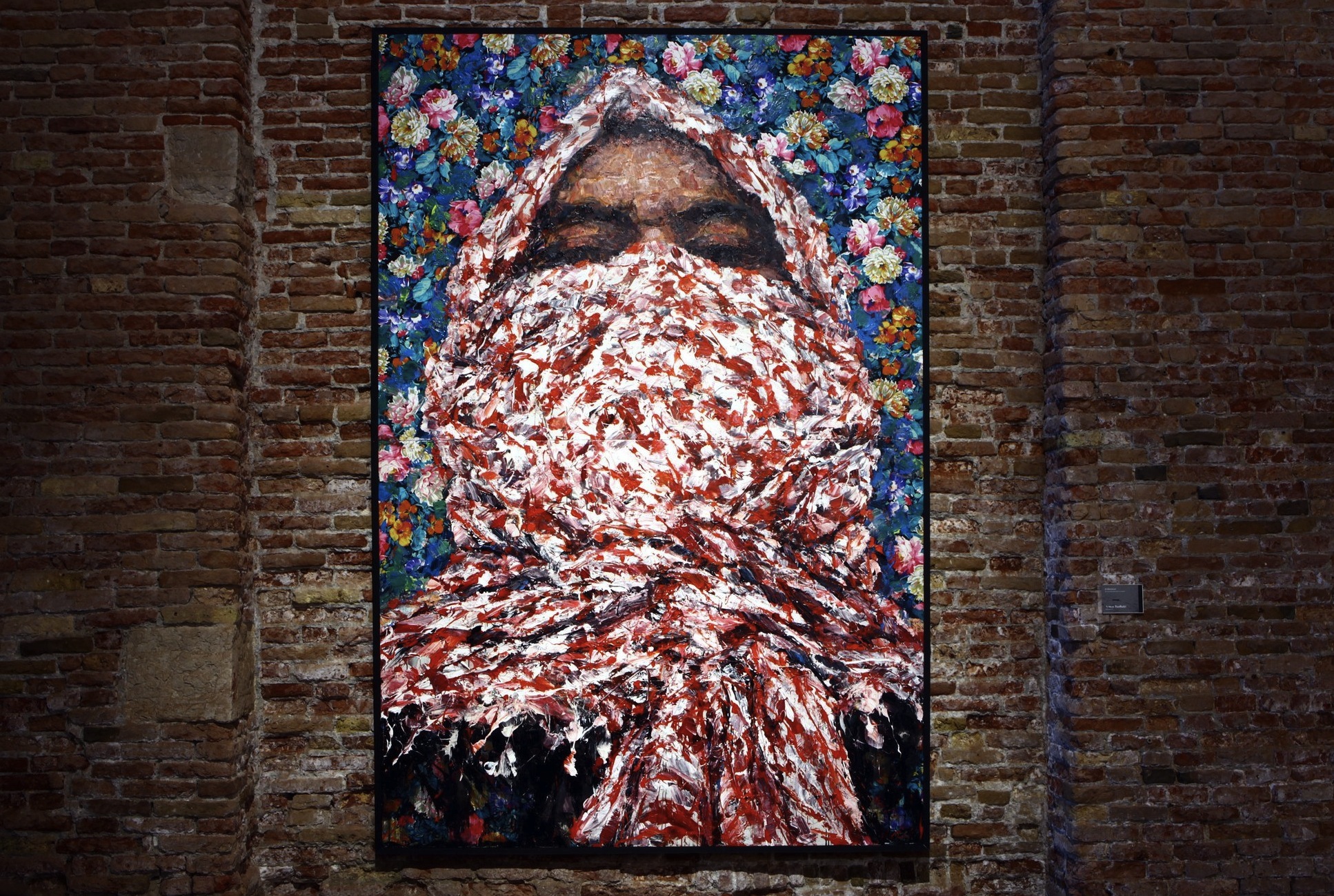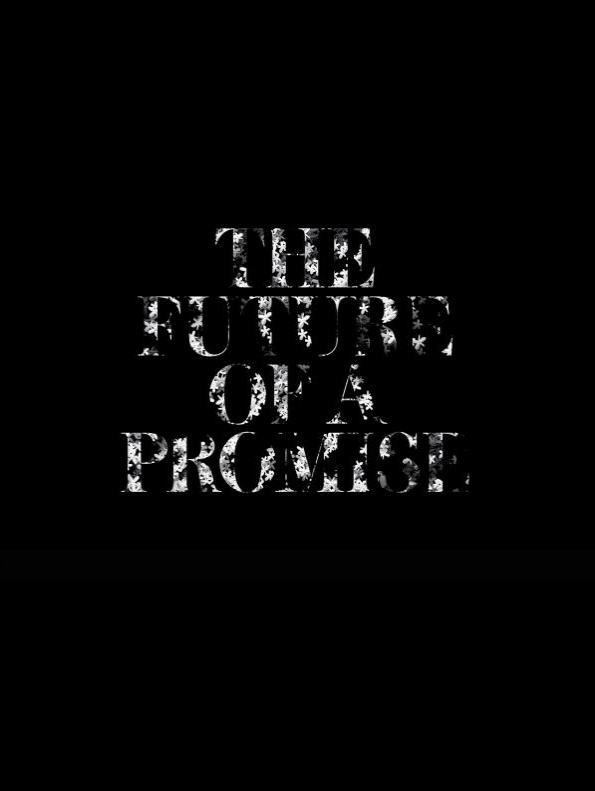Where to Now: Chkoun Ahna at the National Museum of Carthage, Tunis
The city of Carthage is a tale of multiculturalism and globalisation before these terms had currency in post-colonial studies and the free market rhetoric of neo-liberal expansionism. The name of the city has roots in Latin, Aramaic, Hebrew, Phoenician, Etruscan, Arabic, and Ancient Greek terminology. It has also been populated by Phoenicians, Romans and Arabs over a history that reaches back to the 1st millennium BC and was a significant locus of international trade until recently. Amongst its present-day ruins, tourists flock to see not only the extant remains of the Roman Forum that once stood there but the view from the hill of Byrsa, a purview of influence over a crucial Mediterranean route that once made Carthage one of the most important pre-industrial cities in the world (perhaps second only to Alexandria during the Hellenistic period). Today, however, Carthage is a suburb of Tunis with a population of no more than 25,000 people. As with all great cities, Carthage has indeed seen better days. (more…)
